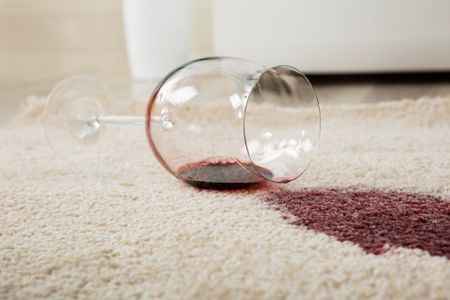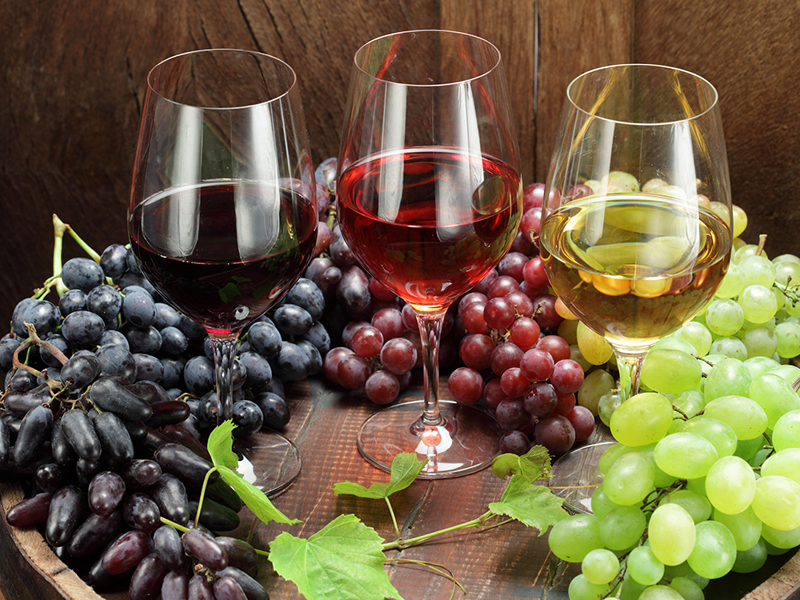Spilled wine should not elongate the Soul of any celebration! Eliminate a red wine stain fast and easily using these suggestions from cleaning services Marlborough, MA so that you can go back to your party.
Acrylic

Before you start, browse the garment's label carefully and Follow any directions. Also follow the company's instructions on some other cleaning products mentioned. To get rid of a wine stain from acrylic, rinse the affected area in cold water as soon as possible; this is going to dilute the blot and prevent the wine from setting. Adhering to the guidelines on the clothing care label, washing at the warmest water recommended. Inspect the stain; when any wine remains, wash in color-safe bleach (colors) or liquid chlorine bleach (whites), in case the garment label says it is OK. Air-dry, inspect, and repeat as necessary prior to drying as directed on the garment label.
Brick
Rinse The brick surface. If the stain remains, blot with hydrogen peroxide or bleach diluted with water (blend according to the jar's instructions ). Let sit for five minutes. Rinse with clean water.
Canvas
To treat wine canvas upholstery, blot the stain with warm, sudsy water, Then blot with a dry cloth. Dab into a 50-50 mix of vinegar and water, and blot again. Dab in warm, sudsy water ; blot. Dab with clean waterblot dry. Repeat as necessary.
To treat a wine stain on washable canvas, then soak the garment for 15 minutes in A mixture of 1 quart lukewarm water, 1/2 teaspoon mild clear dish soap, and one tbsp white vinegar. Rinse with water. If stain remains, place the garment facedown atop a work surface cushioned with sterile white stripes or paper towels. Lightly sponge stain with rubbing alcohol (test on an inconspicuous place first), blotting from external edges toward center. If stain remains, soak garment for half an hour in enzyme solution (1 quart warm water mixed with 1 tablespoon of an enzyme presoak product). Make sure that the stain is gone before drying directed on the garment's label.
Carpet
To remove wine from natural-fiber carpet, dab the stain with warm, sudsy Stir using a solution that's 1 part clear ammonia to 2 parts water, then blot dry. (Follow use instructions on the ammonia bottle.) Dab with a 50-50 vinegar-water option, then blot dry. Blot dry. Repeat all if needed.
To remove wine from artificial carpeting, dab the stain with warm, sudsy water. Dab in a way that is 1 part vinegar to 2 parts water. Wait 15 minutes more, then blot with a damp cloth. Blot dry. Repeat steps until stain lifts.
Ceramic Tile
To remove wine from Ceramic tilewipe the tile immediately using tepid to warm water. If wine stain Persists, spray with a mixture of 1 part hydrogen peroxide to 2 parts water. Let Sit 30 minutes. Rinse with a hot, moist cloth. Repeat if necessary.





